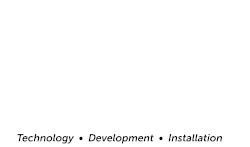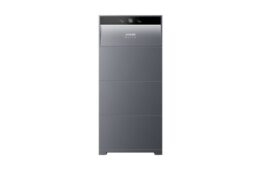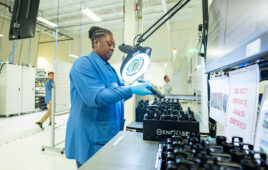Solar-plus-storage and tariffs were the two biggest topics of conversation during the Intersolar 2018 panel on market trends. Just the night before, President Trump ordered U.S. Trade Representative Robert Lighthizer to impose 10% tariffs on a new round of $200 billion of Chinese imports, including AC modules, inverters and some batteries.
Michael Rogerson, marketing director at SolarEdge, said he doesn’t think 10% tariffs will have a huge impact on the market since inverters are so vastly differentiated. Philip Shen, managing director of ROTH Capital Partners said he met with top inverter companies the day before and heard feedback that the inverter market is still stable. He doesn’t see drastic changes in pricing happening either.
Aside from tariffs, other trends the panel discussed focused heavily on solar-plus-storage.
 Rogerson laid out a vision for the future of a smart home that bundles solar, storage and EV charging services into an easy-to-use app format for homeowners. He sees one answer to the duck curve as aggregating homes into a virtual power plant, and said SolarEdge is looking into solutions along those lines.
Rogerson laid out a vision for the future of a smart home that bundles solar, storage and EV charging services into an easy-to-use app format for homeowners. He sees one answer to the duck curve as aggregating homes into a virtual power plant, and said SolarEdge is looking into solutions along those lines.
Julian Spector, staff writer at Greentech Media, says Arizona and Nevada are interesting states to watch right now because solar-plus-storage is growing there even though there isn’t favorable storage policy in those states yet. He said the storage growth in those states is more telling than in California where storage-friendly policies help that segment rapidly grow.
Spector said on the other coast, New York is heavily investing in storage—spending money now to save more in the long term rather than having ratepayers pay out of pocket for a “cool new industry.”
 Joachim Seel, scientific engineering associate at Lawrence Berkeley National Laboratory, looked at utility-scale mounting and module trends. He said trackers continue to gain popularity even outside of high solar regions and make up 79% of newly installed capacity relative to fixed-tilt projects. Despite the tariffs, crystalline silicon modules have maintained strong growth relative to thin-film.
Joachim Seel, scientific engineering associate at Lawrence Berkeley National Laboratory, looked at utility-scale mounting and module trends. He said trackers continue to gain popularity even outside of high solar regions and make up 79% of newly installed capacity relative to fixed-tilt projects. Despite the tariffs, crystalline silicon modules have maintained strong growth relative to thin-film.
The panel ended with some macro conversations about the future of the grid. An audience member asked, “When is it time to prematurely retire fossil fuel plants and replace them with renewables?” Keith Martin, co-head of Norton Rose Fulbright, said retirement of coal plants is not premature, since coal is already uneconomic. However, Martin said it’s hard to predict retirement of fossil fuel plants, since many energy companies are privately owned. Martin said an interesting thing to watch is if developers will continue to invest in coal and nuclear power now that the Department of Energy is considering propping up failing coal and nuclear plants.
Although other topics got some air time, when the solar industry is talking trends, it is talking tariffs—as long as the Trump administration is in office.




Tell Us What You Think!